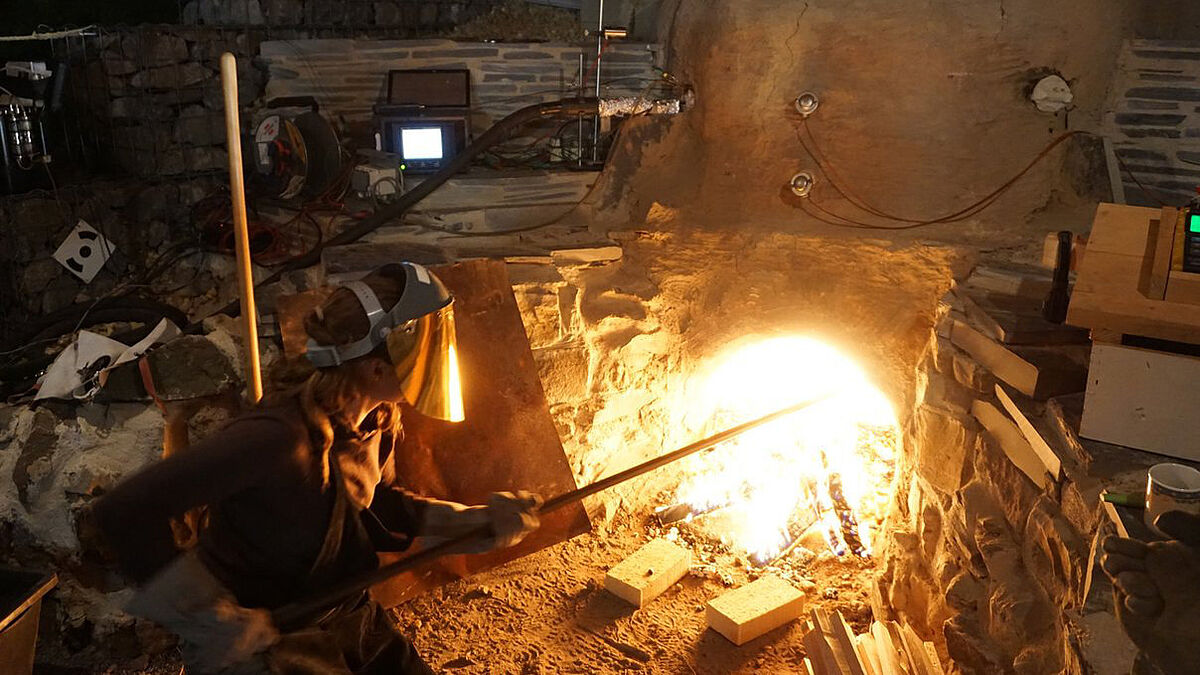Numerous Roman potteries have recently been discovered in the forest between Speicher and Herforst. The Leibniz Center for Archeology (LEIZA) under the direction of Dr. Holger Schaaff had systematically geophysically examined the area in the southern Eifel. It was already known that there were potteries there. But now one can assume that in Roman times there was an industrial area of previously unknown dimensions at this point. But why there and not closer to Trier, for example? Did the Romans also suffer from air pollution and did the choice of location have something to do with it?
A research project in environmental meteorology at the University of Trier provides evidence of this. In cooperation with the LEIZA, students of environmental geosciences under the direction of Dr. Clemens Drüe simulated the spread of exhaust gases from some potteries in Speicher and Mayen – another production site for particularly heat-resistant ceramics.
Computer simulation of the propagation of exhaust gases
Nowadays, when industrial plants are approved, it must be clarified whether and what environmental hazards they pose. This also includes which air pollutants are emitted and where they are carried by the wind. In the Environmental Geosciences course at the University of Trier, students can therefore learn to simulate the spread of air pollutants on the computer.
In order to simulate the spread of exhaust gases from Roman kilns, it is necessary to know how much fuel a Roman kiln used, how long it took to burn and how often it was burned. That’s exactly what Dr. Michael Herdick and his colleagues from the Laboratory for Experimental Archeology at LEIZA on reconstructed ovens in the Vulkanpark Mayen.
Weather data and a digital terrain model provided the students Josina Bracke, Lynn Millennium, Tom Runge, Kristin Jonas, Patrick Christen, Philip Klauck and Hannah Lamprecht with the starting data for simulations.
Roman kilns would exceed today’s limits
The Roman ovens were much smaller than today’s industrial plants and were probably only operated a few days a month. However, there were no filters or exhaust gas cleaning either. The simulation now showed that such a furnace would exceed the current limit values overall. The Romans did not yet know anything about nitrogen oxides and carbon monoxide, but they too must have found the dust and smell unpleasant.
And indeed, the investigation shows, among other things, that the last known relocation of the potteries in Mayen must have significantly improved the air quality, especially in the area of the Roman settlement. So maybe that’s why the potters moved.
